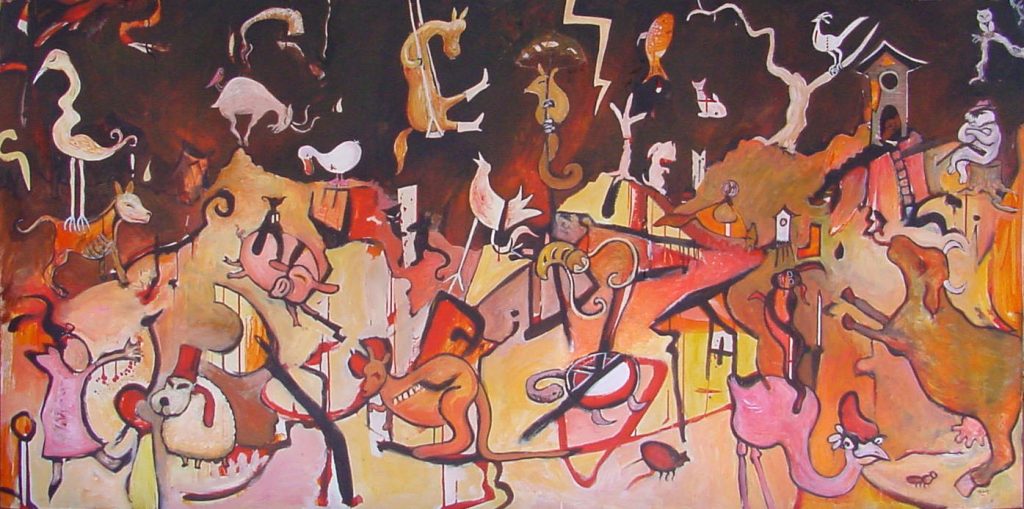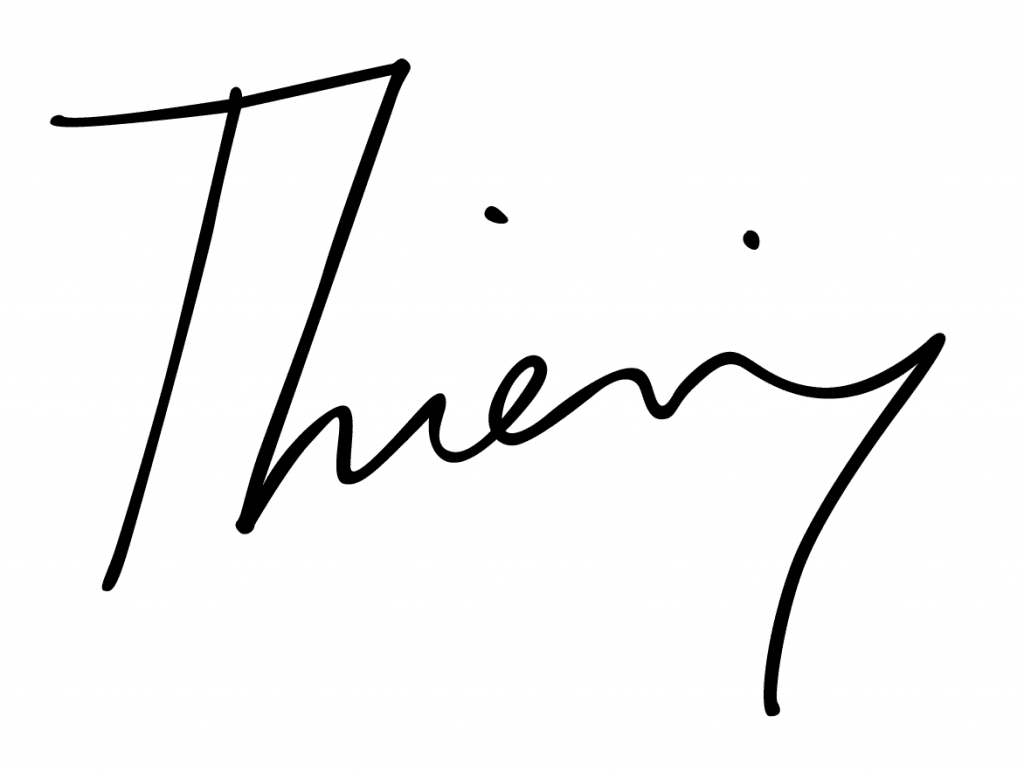Since I was a child I have loved dreaming. My parents said that a highlight of breakfast was hearing about my latest dreams. I observed that my they were most vivid when on the verge of sleep or when just about to wake up. I surmised that this is because the dreams experienced on the edge of sleep have a better chance of being remembered because we are close to consciousness, whereas dreams experienced in the middle of the night are buried too deeply to be remembered.
I still love inhabiting this richly stimulating space. Drifting in and out of dreams where moments seem timeless. Revelling in uncensored desires, half realised fears, intoxicating emotions, the decontextualisation of everyday things in illogical places.
In 2021 when preparing for an exhibition I came across the word Hypnogogia: the state of consciousness between wakefulness and sleep. This was a revelation because it was not concerned with dreams but the less-well documented state of the ‘waking dream’: the phase of time when we slide from consciousness into unconsciousness and experience the most peculiar hallucinations. This state of mind is a goldmine for the imagination because our ability to think rationally declines and our hallucinations increase.
Some of the world’s most imaginative minds, including Thomas Edison and Edgar Allan Poe, intentionally used this state to enhance their inventiveness. Apparently, Salvador Dali used to fall asleep with a heavy ball in his hand so that he would wake when the ball hit the floor, perpetuating his time spent half-asleep.
David Bowie said in recalling the writing of his classic album Hunky Dory, ‘there is a time and space level, just before you go to sleep, when all about you are losing theirs and the void gets you’.
I too like to fall asleep gradually so I don’t pass too quickly into unconsciousness. By extending this transitional state I increase my time spent contemplating visions as they drift in an out of view, savouring a feast of strange delicacies.

The idea of hypnogogia pertains not only to the state of consciousness that occurs as we fall asleep but also to the state consciousness that an artist inhabits when immersed in their work. In these heightened moments they enter a realm that is neither awake nor asleep, but somewhere in between. I have had this experience standing before my easel, where I am not making conscious decisions about what to paint but am responding in a more intuitive way. I must stress that this experience is not common- most of the time making art is difficult and challenging work, and it takes patience to persevere through the grind. But, by being patient, the magic moments come when you enter into a trancelike world of colour, light and imagery. This is what makes it all worth it!
It is alleged that God created the world ‘from nothing’. I am not convinced that she did- I am not a believer. Nonetheless, I do like the notion that ‘creation comes from nothing’ because it speaks to the qualities of uniqueness and originality. If we assume that this is the case then it follows that, in order to create something, first you have to create nothing.
How can hypnogogia help in the creation of nothing? As we fall asleep, our brains gradually ‘let go’ of our existing models and interpretations of the world and allow us to envisage the world without the usual filters. This provides the space, ‘or nothingness’, from which new models of reality can emerge. In the practice of art-making the letting go of existing formulas is essential in the making of something new, something genuinely creative.
I have always loved the experience of dreaming, whether awake or asleep, and when I am fully engrossed in my art I experience a similar feeling of disembodied wonder. As a young man painting at my mother’s house, she would sing out that lunch was ready. Despite how hungry I may have been feeling, I remember being annoyed by this untimely interruption, somewhat like the annoyance a person may feel when being roused from a pleasant dream.
Intertidal Dreams
Don’t put the coffee on. Breakfast can wait
Let me savour the hypnagogic state
The undertow of strange delights. The ebbing flowing of disquiet
Through undulating shallows of forgotten memory
Fears emerge then dissipate, seduced into a childlike state
They recede into the lolling waves of tranquil fascination
Loitering without intent, vagaries and visions rent,
Casting half-formed shadows of eloquent surprise
Shimmering mirages float, then sink into forgetfulness
Waking and embracing our intertidal dreams
Don’t put the coffee on
Breakfast can wait

